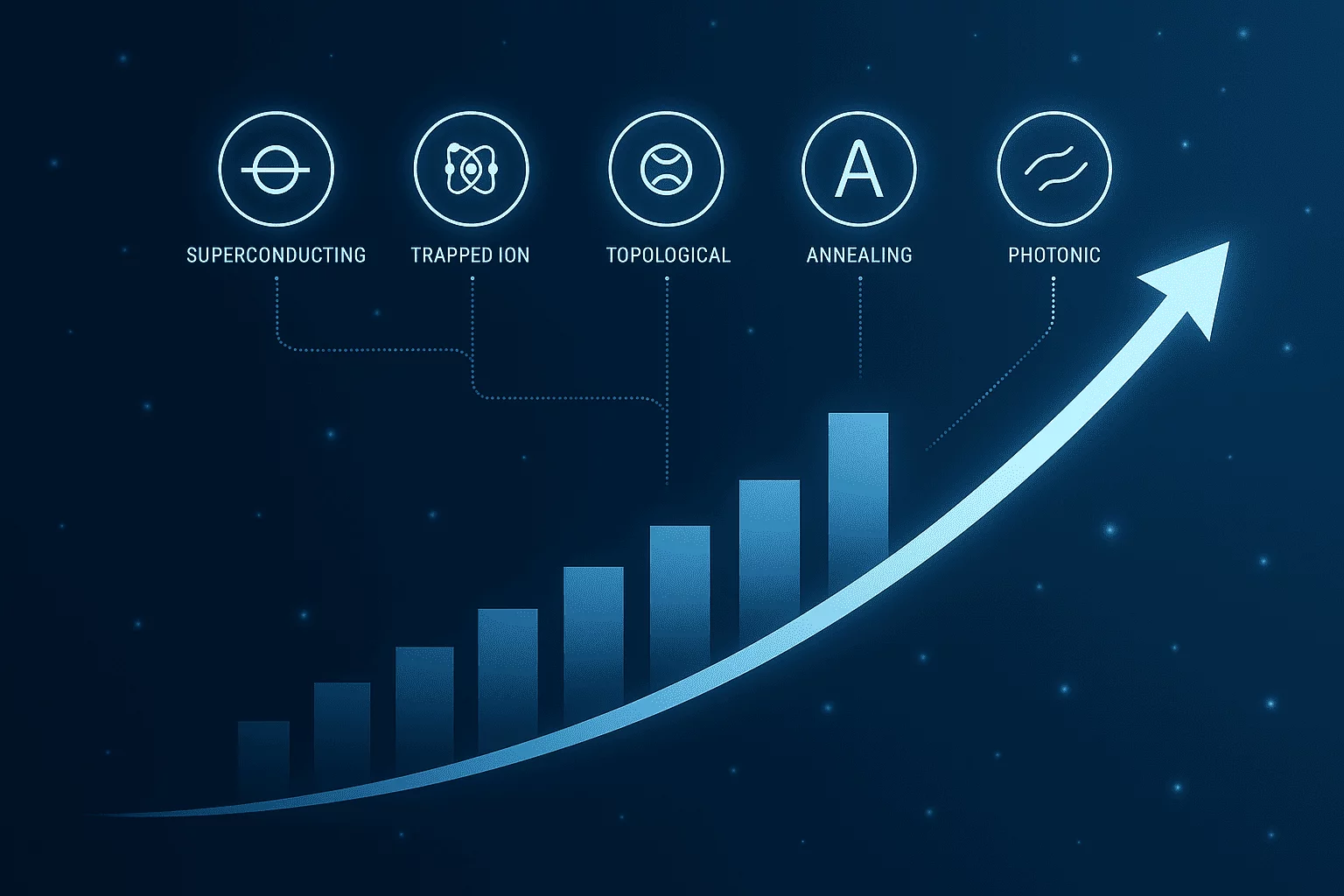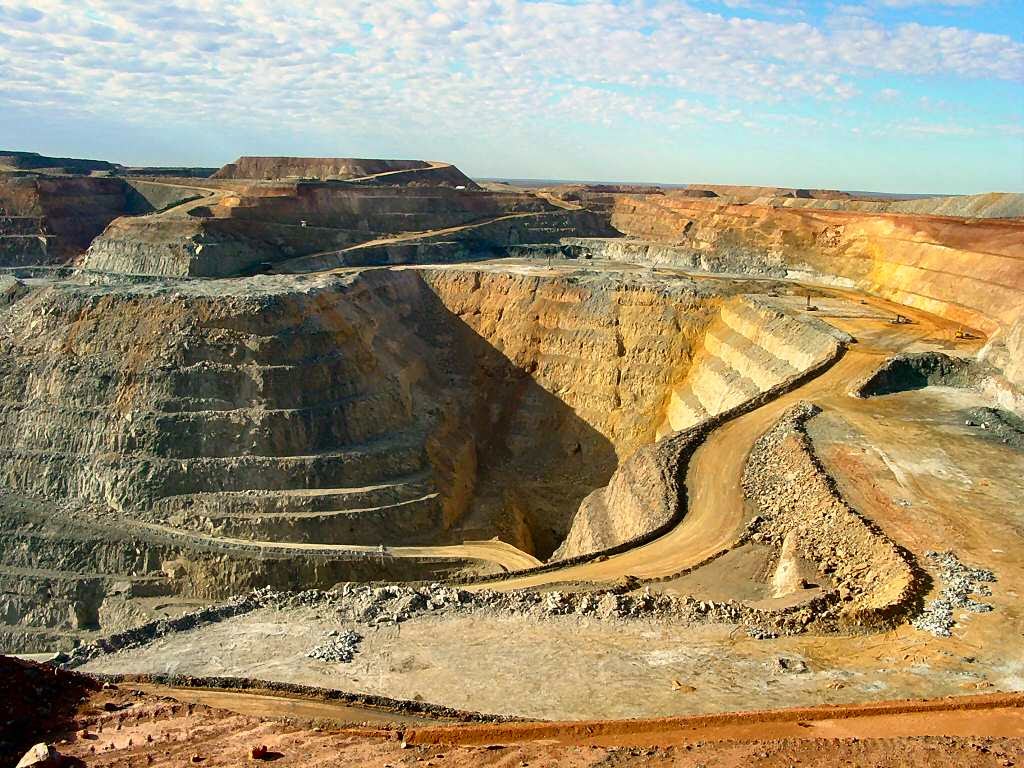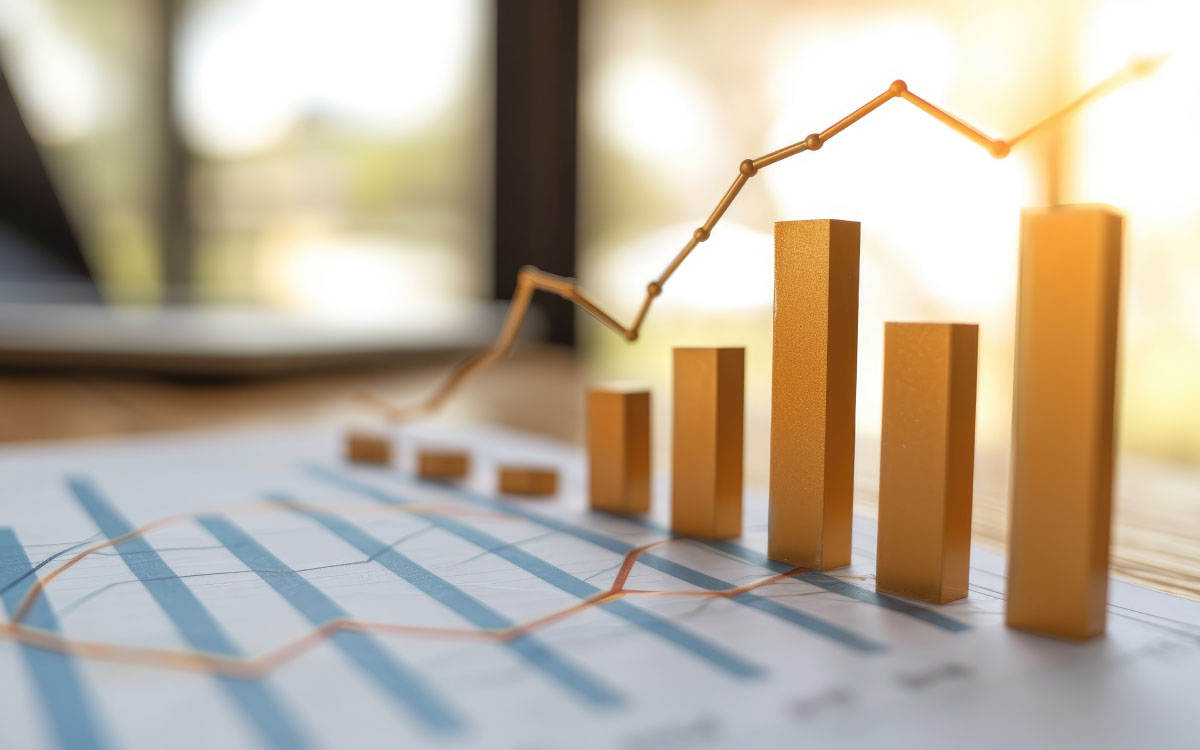On June 27, 2025, a historic agreement was unveiled at the U.S. State Department. With the flags of Rwanda and the Democratic Republic of Congo (DRC) flanking the podium, former U.S. President Donald Trump announced the signing of the Critical REEs Minerals for Security and Peace Deal. The agreement, brokered by the U.S. and signed by representatives from both African nations, was lauded as a major diplomatic breakthrough—promising peace in one of the most conflict-ridden regions in the world while opening up access to some of the planet’s most valuable natural resources.
Trump, flanked by Secretary of State Marco Rubio, declared, “We’re securing peace and prosperity, and yes, we’re getting a lot of the mineral rights in the Congo as part of it.” But behind the applause and handshakes lies a critical question: Which minerals are involved, and why do they matter so much to the United States?
In this blog, we take a deep dive into the specific critical minerals at stake—cobalt, coltan, tantalum, lithium, tungsten, tin, gold, and rare earth elements (REEs)—and analyze the strategic, economic, and geopolitical implications of this landmark agreement. We also bring in procurement strategist Mattias Knutsson’s perspective on how this shift could reshape global sourcing practices in the years to come.
The Eastern Congo: A Region of Untapped Power
The eastern DRC, bordering Rwanda, is among the most mineral-rich areas on Earth. It is also one of the most unstable, with dozens of armed groups exploiting mineral resources to fund their operations. Rwanda, accused of supporting rebel groups like M23, has long been a controversial player in the region. The June 27 deal attempts to end that cycle.
Under the agreement:
- Rwanda will withdraw military support from eastern Congo.
- Both nations commit to joint border security patrols.
- The U.S. will facilitate infrastructure development, mine rehabilitation, and secure supply chains to extract and export critical minerals under transparent, regulated frameworks.
Critics argue that this deal prioritizes American industrial needs over local communities. Supporters say it could finally formalize the vast informal economy and bring stability to a historically chaotic region.
Which REEs Minerals Are at Stake?
Cobalt
More than 70% of the world’s cobalt comes from the DRC. It’s essential in the production of lithium-ion batteries, used in electric vehicles, mobile phones, and defense applications. With China controlling nearly 75% of cobalt refining, the U.S. has made cobalt access a strategic priority.
Coltan and Tantalum
Coltan (short for columbite-tantalite) is used to produce tantalum, a heat-resistant metal vital for electronics. The DRC is the largest source, with Rwanda playing a key role in coltan trade and processing. Its applications in smartphones, aircraft, and missile systems make it a strategic asset.
Lithium
Lithium is a linchpin of the clean energy revolution. While South America and Australia dominate production, the Manono-Kitolo deposit in southern Congo holds vast potential. The deal includes infrastructure support for lithium transport and processing hubs.
Tin, Tungsten, and Gold
Known as “3T minerals,” these are used in soldering (tin), electronics and ballistics (tungsten), and reserve assets and microchips (gold). Congo produces significant quantities, but much of it exits the region illegally through Rwanda, Uganda, and Burundi.
Rare Earth Elements (REEs)
Though not as abundant as in China, traces of neodymium, dysprosium, and terbium—used in wind turbines, EVs, and defense tech—exist in Congo. The deal sets the stage for deeper exploration and extraction in future phases.
A Strategic Blow to China?
For decades, China has dominated the critical minerals market. It controls 80% of rare earth refining, 60% of lithium processing, and over 70% of global cobalt refining. The U.S., by contrast, is largely dependent on imports.
This deal aims to:
- Diversify American supply chains.
- Create alternatives to China-dominated mineral refining.
- Build strategic stockpiles and battery material hubs inside U.S. borders.
Through agencies like the U.S. International Development Finance Corporation (DFC), America will invest billions in infrastructure around DRC and Rwanda to formalize mining and logistics.
Risks and Red Flags
While the deal is ambitious, experts warn of potential pitfalls:
- Many armed groups, including M23, were not part of the agreement.
- Rwanda’s history of illegal mineral trading casts doubts on long-term transparency.
- The U.S. has not detailed how it will prevent labor exploitation or environmental degradation.
Global Witness and Amnesty International have urged the U.S. to implement due diligence mechanisms and enforce supply chain traceability before allowing American firms to operate.
Business and Procurement Implications
For global businesses reliant on critical minerals, this deal opens doors—but also requires a fundamental rethinking of procurement strategy.
Mattias Knutsson, a leading strategic procurement advisor, states:
“The days of sourcing based on cost alone are over. This deal highlights the new procurement paradigm: geopolitical awareness, sustainability, and ethical accountability. Companies that ignore these pillars do so at their own peril.”
Knutsson encourages firms to build multi-source models, invest in on-the-ground supplier vetting, and use AI for geopolitical risk modeling.
Conclusion
The June 27, 2025, “Critical REEs Minerals for Peace” deal represents a high-stakes intersection of diplomacy, security, and industrial policy. On paper, it achieves what few thought possible: a roadmap for peace in eastern Congo that also advances U.S. industrial resilience.
But true success will depend on implementation. Will militias lay down arms? Also, will mining become more equitable? Will American and African stakeholders prioritize human rights as much as strategic advantage?
What’s clear is that access to minerals like cobalt, tantalum, lithium, and REEs will shape the world’s technological and economic destiny. And this deal is a bold, if risky, step toward securing that future.
As Mattias Knutsson reminds us, real value lies not in the minerals themselves—but in the systems we build to source, move, and manage them responsibly. This is more than a trade deal; it is a test of vision, ethics, and execution.





